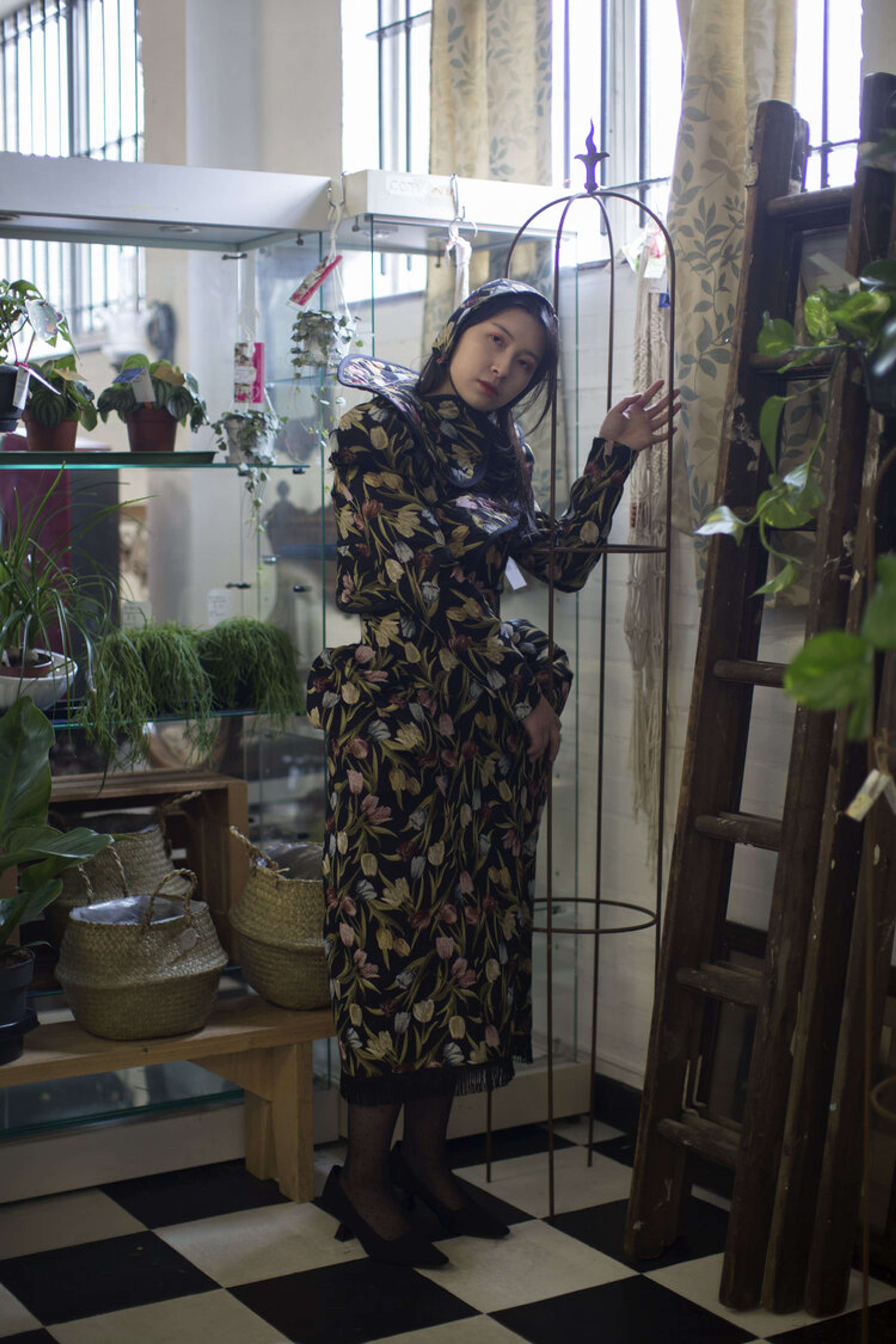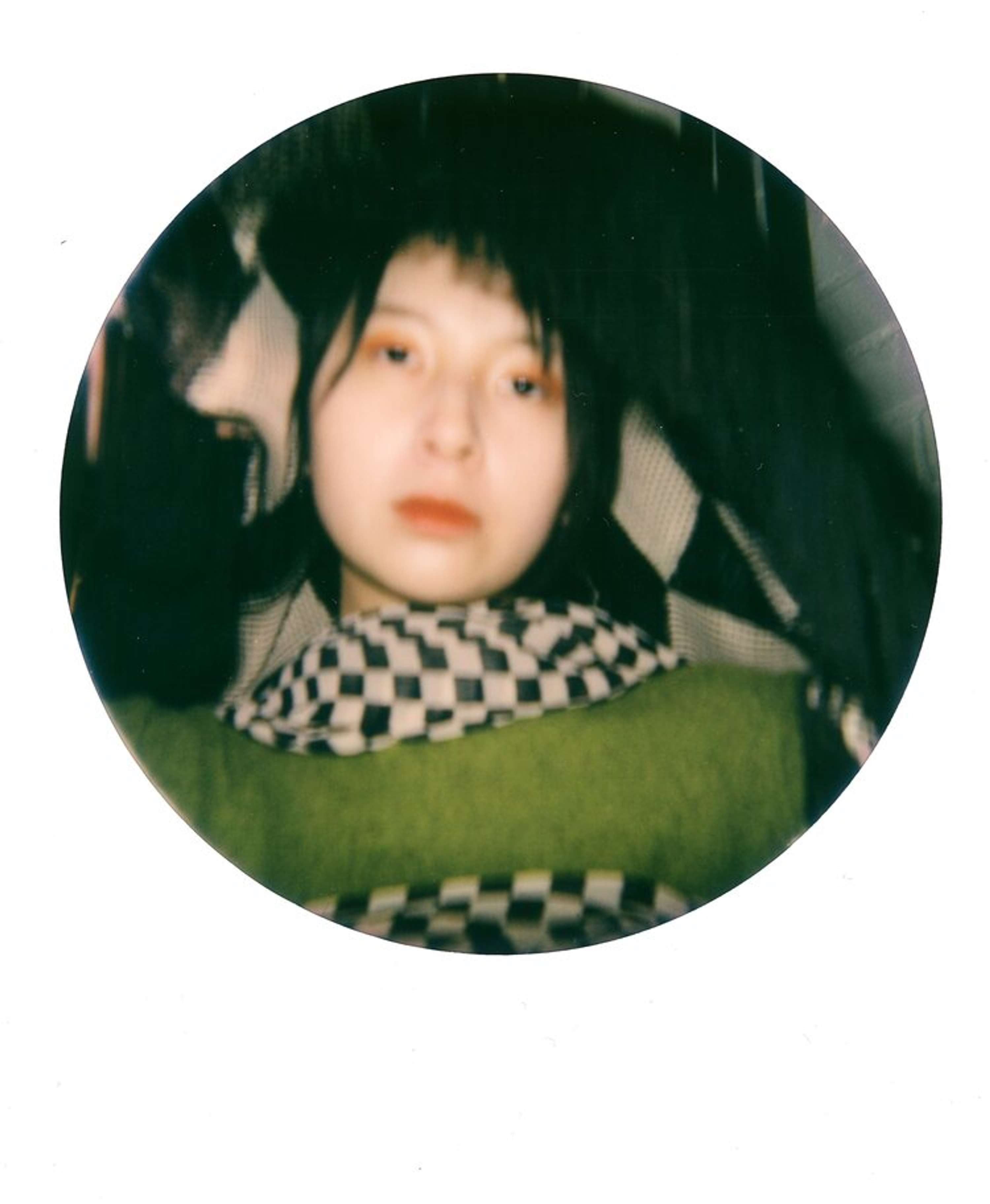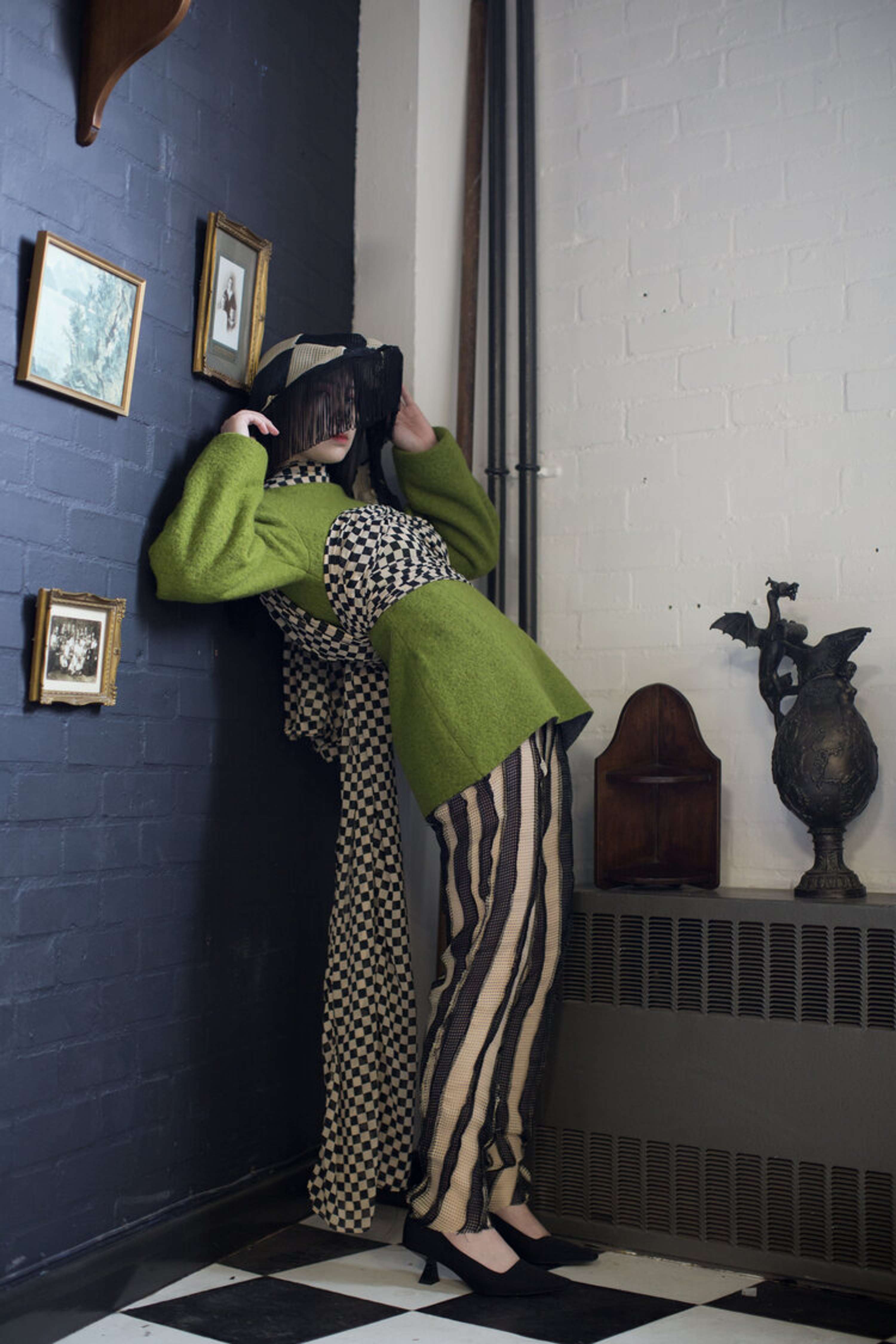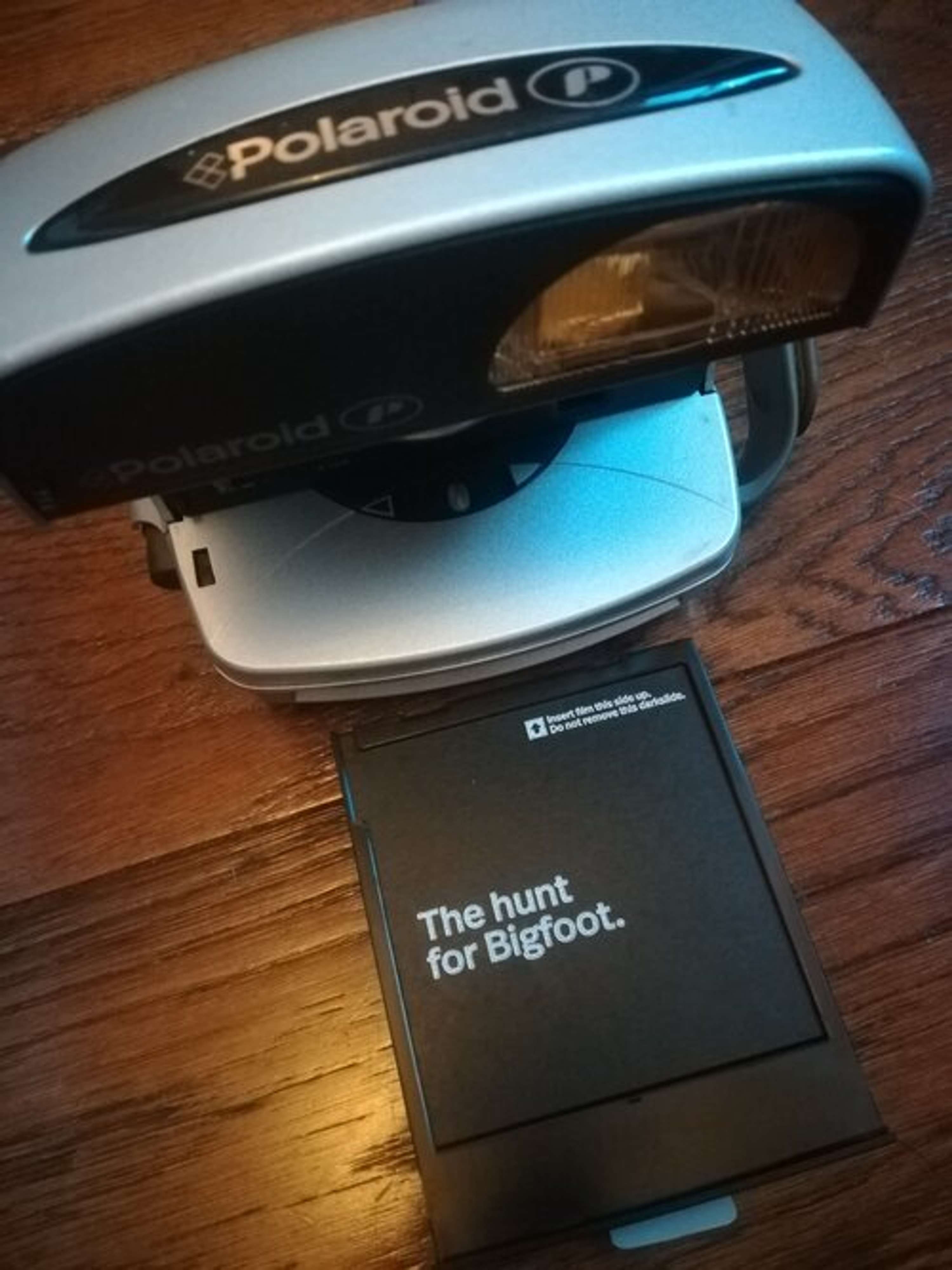A Round Up of The Round Frame Polaroids By Editor Emily Morgan
On the 25th of May, I was approached by a very talented design student from Norwich University of the Arts, Rebekah Pledger, to work together on a shoot photographing her graduate collection. I, of course leaped at this chance and the shoot itself was incredible. During the shoot I managed to bring out my Polaroid 600 camera which had some limited edition round frame film, ready to be used.
So this is an incredibly brief background on Polaroid for our readers who are unfamiliar with Polaroid, so the ‘Polaroid’ was first made by a guy called Edward Land way back in 1948. Land developed, co-founded the company and term ‘Polaroid’. Which is a word we still use seventy years later.
The ‘Polaroid’ company first ceased its production back in 2008 which was a very sad time, but then under the radar, a new company had started up their own instant photography brand called ‘The Impossible Project’.
‘The Impossible Project’ then brought the production machinery from polaroid and started to create the film for existing polaroid cameras. This kicked off a new love for instant photography. Fast forward to 2017, with lots of CEO changes, ‘The Impossible Project’ rebranded to ‘Polaroid Originals’ and skip forward yet again to 2020, they rebranded yet again to simply ‘Polaroid’.
Polaroid not only create polaroid film for existing Polaroid cameras, they have developed new Polaroid cameras such as Polaroid OneStep + i-type and more recently the Polaroid Go (which is so cute and tiny!) some of these new cameras allow you to use your phone to control the settings and have auto focus. A lot has happened since Edward Land first developed instant photography.
Back to the shoot…
As I mentioned, I was working with my Polaroid 600 camera with some limited edition round frame film. Polaroid announced the ‘fan favourite’ circle framed film was coming out on the 12th April. I was very intrigued to see what the fascination was about, especially as I have never used this type of frame before. One of the reasons for this is that I am slightly ‘old school’ when it comes down to Polaroids. I brought my first Polaroid 600 from a photographer on ebay when I was sixteen, and I fell in love with the authenticity of the camera itself so the idea of updating it in anyway makes my heart ache. But also, you can make DIY stencils that fit onto the cartridge and edit imagery into a round frame on Photoshop so why would I spend £20 for eight round frames? As an avid Polaroid lover and nerd, I don’t have an answer to my own question with this particular film yet, but I shall begin to explain my experience to see what the fascination is all about.
Loading the circular film cartridge into my polaroid camera is exactly the same as loading the square frame. What I was surprised to see, was the message on the dark slide. What I adored about The Impossible Project dark slides is that they had quotes from artists on the front of them and I was very worried (as it has been a long time since I have used Polaroid’s film, more on why later!) that after they had rebranded, that this would be lost. The quote on my dark slide this time however, said ‘The Hunt for Bigfoot’ bit of an odd quote right? That’s because Polaroid had set particular creative briefs for us to take part in with the film, which is a perfect way to get those creative juices flowing, especially if you haven’t worked on a shoot for a while.
When I had taken the first shot on this film, the designer and model were blown away by the circular frame as they had never seen this type of frame before, so in terms of the wow factor, it’s spot on. However, I must criticize one thing. The development time. Now, it may be a while since I have used polaroid 600 film, but back when I was using The Impossible Project, it only took between 5-10 minutes to develop, the round frames take 10 – 15 and half an hour to fully develop (which in all fairness, is standard for polaroid film) The formulas for the instant photography have changed since The Impossible Project but I would have thought with all the advances to the technical aspect of the cameras, the film would take less time.
Especially when their competition Fujifilm and their polaroid cameras, take only five minutes to develop. Whilst 10 -15 minutes in the grand scheme of things is not a long time to wait, but when you’re shooting and your team would like to see them and take photos of the film, you can hardly turn around and say no! This means you would then need to take the film out of a dark storage pouch, to then expose the film to the light, in turn, ruining the development process of the polaroid. Again, when you think about those technical camera advances and how far they have come to fit into a modern way of documenting the world, you would think that Polaroid would try and make a formula that also kept up.
Why has it taken me so long to work with Polaroid and their film?
It simply comes down to their formula. For me, working with The Impossible Project film, I came to really love the cool tones that they were producing at the time. It wasn’t until Michael and I went to a polaroid workshop with photographer Rhiannon Adam where you could clearly see the difference in not only the tonal range, but the way these formulas reacted when you were creating Emulsion Lifts. I adore Emulsion Lifts and I found that it was harder to create them with Polaroid’s new formula then with The Impossible Project. When you look at examples from this shoot, to me, the whites in the image have a slight orange tint to them. Now, this could be because they were taken out of the dark pouch too soon but all eight frames have this tint to them again, call me old fashioned but something can look ‘vintage’ without those tones and looking like I have just put an Instagram filter over the top of them.
Overall…
The wow factor of the circular frame is definitely clear, they pleased my team and the crowds, hence why polaroid brought it back. However, for me as the photographer, the increase of time development and change of tonal range does leave me feeling like meh, afterwards. Don’t get me wrong, it is incredible that Polaroid have brought back a love for instant photography across the world. They have created some incredible cameras which all have positive attributes, because let’s face it, there is nowhere in the world that has this technology or the ability to create film in this manner.
Would I spend another £20 on the round frames? Again, meh, maybe not when the square frames are a pound cheaper and there is more surface area which allows you to see more of what you are photographing. I totally understand the ‘want’ to use the round frame, it is always refreshing to work with something new and for me as the editor to view something different in a portfolio is great but you may have more fun creating your own DIY stencil to fit in the cartridge than experimenting with the frames. (Plus, it would also start an interesting story in how you created the work!)
Personally, I would snap up more of this film if the time of development was lowered. If they’re able to create such ground breaking advances to these cameras, then surely it is not beyond the realms of possibility of starting to create a film that develops in less than 15 minutes. I shall wait for that day to time with excitement, along with the production of peel apart film. Fingers crossed hey?










